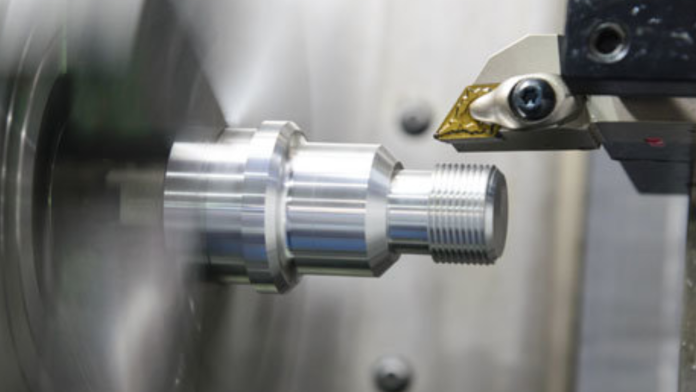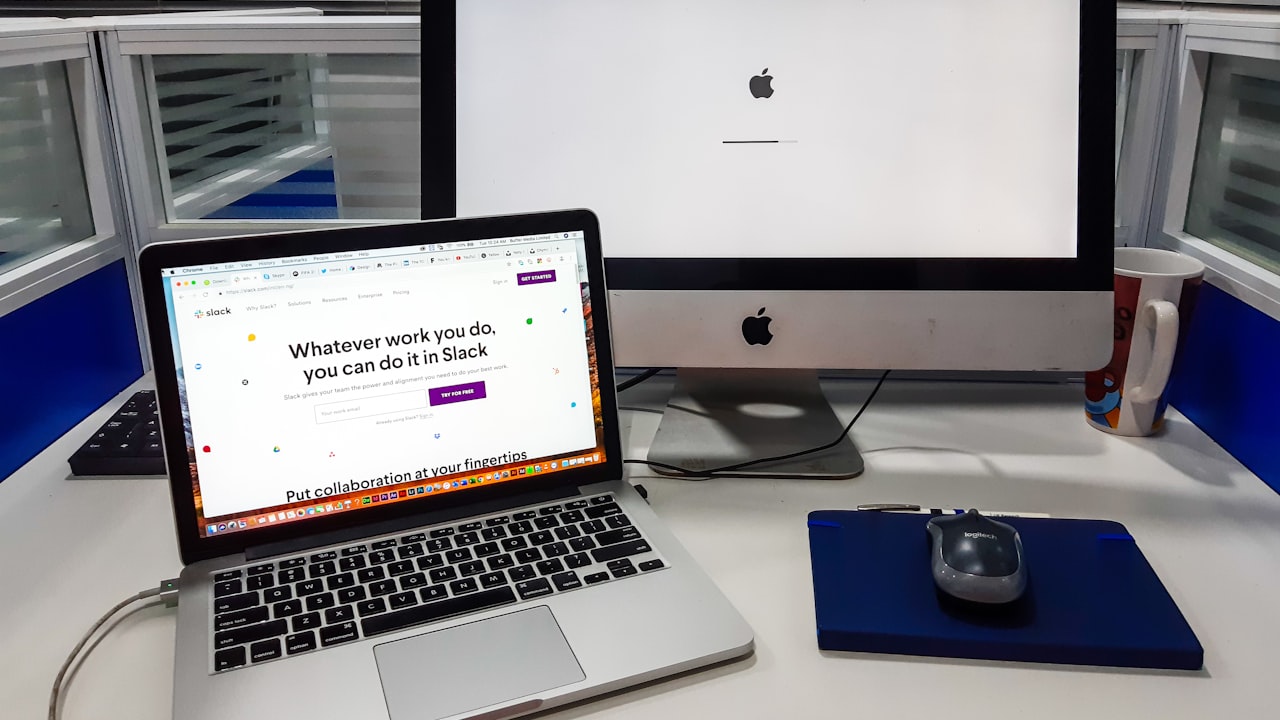Melted plastic, usually a thermoplastic, is injected into metal injection molds, which are commonly composed of steel or aluminum, during the injection molding process to create plastic parts. The machine feeds raw materials into the mold, which comprises two sections: an injection (A) mold and an ejector (B) mold, and serves as a kind of negative impression of the finished object.
The mold cavity, into which material is injected, is the area between the two parts. Injection molds have some design limitations despite being able to produce a variety of pieces. Parts made of plastic via injection molding must have thin walls. To allow for easy ejection of the molded portion from the mold, they should not have any overhanging features and should have considerable draught.
Plastics, and thermoplastics, in particular, are the main materials used in injection molding. Thermoplastics are polymers that soften at high temperatures, allowing for free injection moulding, and then cooling to revert to a solid form. Thermosets, which can solidify when cured but cannot be melted back into a liquid, can also be molded using injection technology. Elastomers are less frequent.
Injection Molding Process
During injection molding to form it. Typically, the entire injection molding process takes between two and two minutes. The cycle of injection molding consists of four stages. These phases are the clamping, injection, cooling, and ejection phases. The details are listed below:
Clamping
Material is injected into them. A clamping device is used to close them. Then, one half can slide once the two halves are linked to the injection molding machine down and clamp the mold.
Injection
The injection molding process uses a hopper to feed plastic pellets. These pellets are moved in the direction of the mold by the injection unit. The barrel’s surrounding pressure and heat cause the pellets to melt. When the mold is filled to a 95%–99% level or the injection time is complete.
Because the plastic flow is dynamic and constantly changing, it is challenging to determine the insertion time precisely. Other traits, together with injection stress, strength, and shot volume, may strain of 35 to 140 MPa is feasible. The system’s hydraulic gadget determines and regulates the injection price and the maximum strain that may be applied.
Cooling
After coming into contact with the interior of the mold, the plastic inside starts to cool down. The plastic will take the desired shape when it hardens as it cools. The component could somewhat contract as it cools. Only after the cooling period is complete can the mold be opened. The component’s wall thickness and the thermodynamic properties of the plastic can be used to calculate the cooling time.
Ejection
The final step is being ejected from the machine. An ejection system is used to do this. Since the part shrinks and adheres to the mold, force must be applied when the mold opens to release the item. The design of the mold has a big impact on the final product’s quality. The kind of mold that is used determines strength, longevity, shape, and size. The mold desires to be durable and sturdy enough to resist the pressures generated in the course of the injection process.
Final Words
It takes professional specialists to oversee this elaborate system due to the fact that it’s so complex. At 3ERP, maintaining excessive output ranges is vital, but safety is also of extreme importance. If you want injection molding, get in touch with 3ERP. We would be pleased to discuss your desires with you and can offer you a very competitive charge.
















